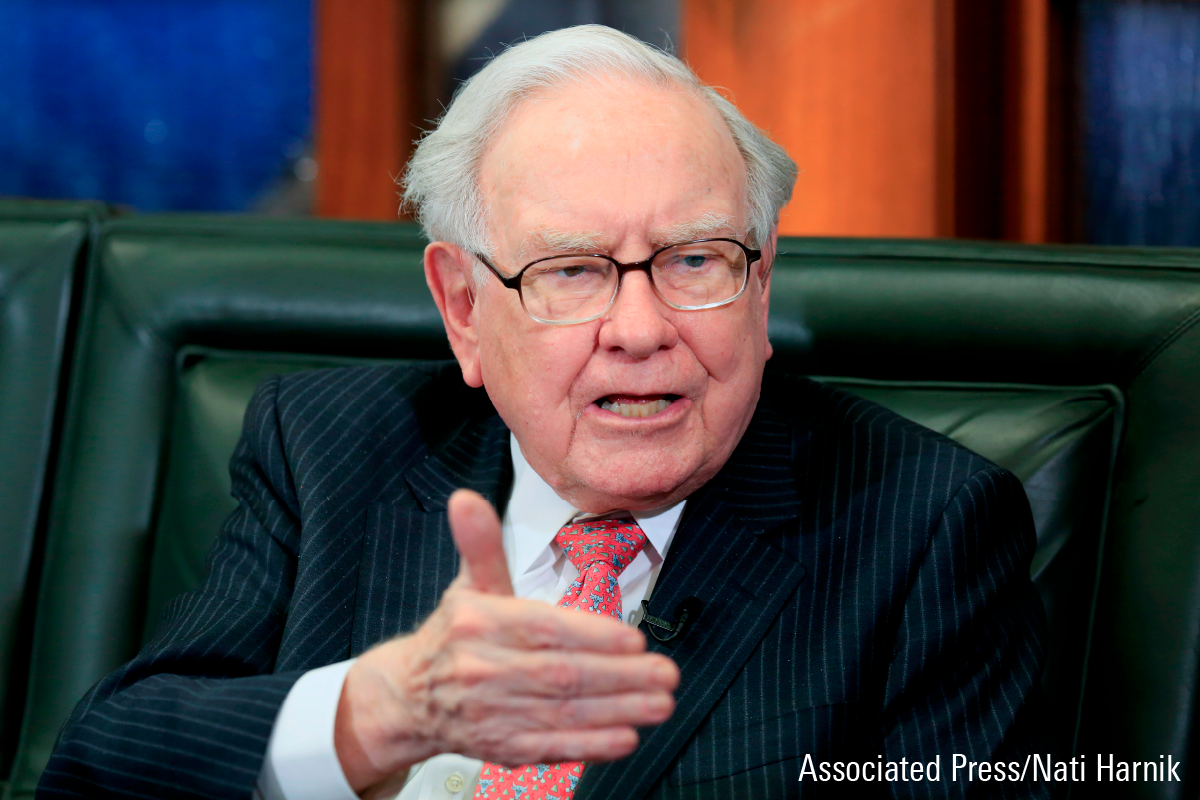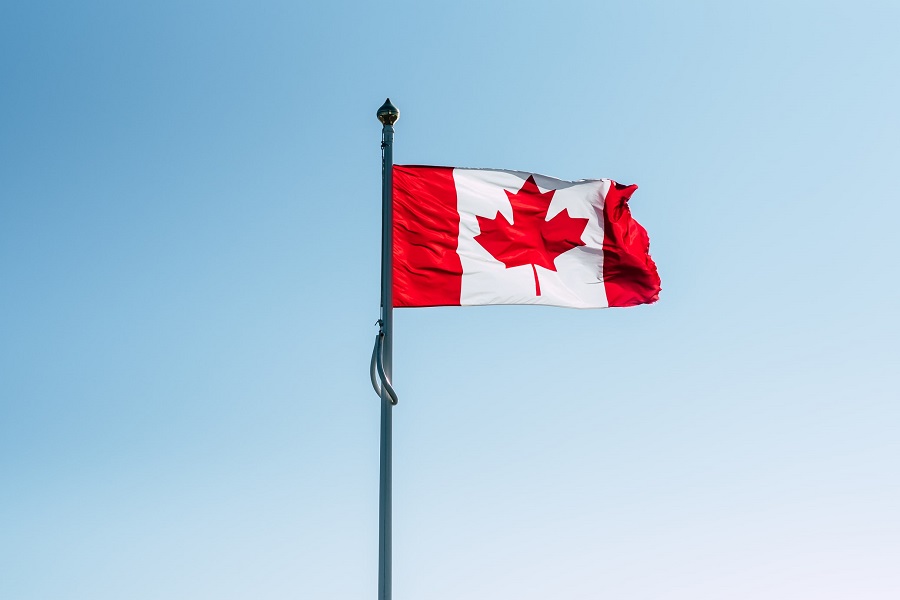
There’s no better introduction to investing and business analysis than the wisdom of Warren Buffett and his partner Charlie Munger.
When a group of young equity analysts (myself included) joined Morningstar in 1991, the company’s founder and then-CEO Joe Mansueto gave us two reading recommendations. First was The Money Masters by John Train, a book that profiled such investors as Benjamin Graham, Philip Fisher, and Buffett. The other recommendation was the annual shareholder letters of Buffett’s company, Berkshire Hathaway BRK.A BRK.B. In those days before the internet, if we wanted our own copies, we had to write to Berkshire Hathaway to request them.
Reading Buffett’s letters, you realize there’s no such thing as a boring industry or business. Once you do a bit of digging, any business—candy, furniture, even insurance—is fascinating. You also realize that these businesses can be explained in plain language. There’s no need for the jargon so pervasive on Wall Street. Finally, given how long Buffett has been writing Berkshire’s shareholder letters, reading through the reports sequentially offers a fascinating financial history of the past 50 years.
Buffett’s impact on Morningstar only grew over time.
Each year, we’d take as many analysts as we could to Omaha to attend Berkshire Hathaway’s annual shareholder meeting. Spending seven or eight hours listening to Buffett and Munger answer questions from shareholders has a way of washing away the noise of financial news and the markets and grounding one in the fundamentals. You come away refreshed. It even makes a stay in a Days Inn on the outside of Omaha bearable. (Omaha’s hotel situation has improved considerably since the 1990s.)
After we launched Morningstar.com in 1997, we started covering the meeting with articles, a live blog, and attendee interviews. And from 2014 to 2019, Morningstar’s Greggory Warren was on the analyst panel at the annual meeting.
Buffett, Munger, and Morningstar’s Moat Ratings
Over time, Buffett’s thinking became embedded in the way Morningstar analyzes stocks. More than 20 years ago, we borrowed the term moat from Buffett to refer to the competitive advantages a firm might have. Our innovation was that we took the concept and systematized it, assigning Morningstar Economic Moat Ratings to each of the companies we cover (now more than 1,500) and identifying the source of the moat: customer switching costs, intangible assets, cost advantage, efficient scale, or network effect.
The biggest risk facing any company can be thought of as competitive risk—it’s the reason almost all companies fail within a few years of getting started. Does the company offer anything special versus what consumers can get elsewhere? That’s why understanding competitive advantage is the bedrock of stock investing.
Buffett, Munger, and Morningstar’s Stock Ratings
Morningstar’s approach to rating stocks is also distilled Buffett. We forecast the free cash flows of a company and discount them back to the present to estimate the intrinsic value. A stock receives our highest rating of 5 stars only if it trades at a meaningful discount—or margin of safety—to that intrinsic value.
The key difference between our rating system and Buffett and Munger’s approach is that they gladly throw many companies in the “too hard” bucket and ignore them. During the dot-com bubble, Buffett imagined he was a business school professor. My final exam, he said, would ask students to value an internet company. Any student who answered the question would get an F.
Investors expect Morningstar, on the other hand, to offer opinions on as much of the market as possible, so we haven’t had the luxury of a too-hard bucket. We even put a value on a lot of those internet companies back in the day—although usually at levels so far below the stock price that our analyst mailboxes got clogged with hate mail.
Buffett, Munger, and the Way Morningstar Runs Its Business
Buffett and Munger’s influence on Morningstar goes far beyond equity research.
When Morningstar went public in 2005, we patterned the language in our securities filings as closely as we could on Buffett’s simple communication style, and we’ve striven for such clarity ever since. We’ve also never held conference calls with Wall Street analysts—another trademark of Berkshire Hathaway. Instead, we rely on written Q&As with investors each month. We feel this method fosters a more long-term approach and more depth of dialogue than conference calls that tend to focus inordinately on next quarter’s earnings. And if you listen to our current CEO Kunal Kapoor and the way he talks about Morningstar’s business, you’ll hear echoes of Buffett throughout.
Where to Start Your Reading on Buffett and Munger
If you’re intimidated by the thought of reading 50 years’ worth of annual reports, there are easier places to start. Two books I highly recommend are The Essays of Warren Buffett: Lessons for corporate America, edited by Lawrence Cunningham, and Poor Charlie’s Almanack: The Wit and Wisdom of Charles T. Munger, edited by Peter Kaufman. Each book offers a curated selection from Buffett and Munger, respectively, and are worth the price of 20 other finance books. I admit I have not kept up on the ballooning number of books about Buffett and Munger, but these two have stood the test of time.
For the diehards, I’d also recommend Buffett’s letters from his investment partnership—before he took over Berkshire Hathaway. Back in the day, you needed to know someone who knew someone who had a worn copy of these letters. Now, you can Google them. Buffett was a very different kind of investor back then—think deep value, large bets, and a dose of arbitrage—in large part because he was working with a much smaller pool of assets and so a much wider opportunity set. As in his later letters, he offers a fascinating education on the markets, how to value companies, and the attitude it takes to be a good investor.
You’ll find more than a few ideas in these readings—lessons on investing, on success, on value in the markets and values in life. I know I have.





















